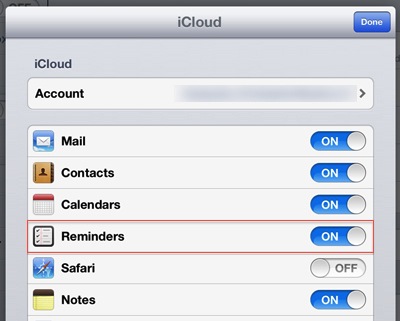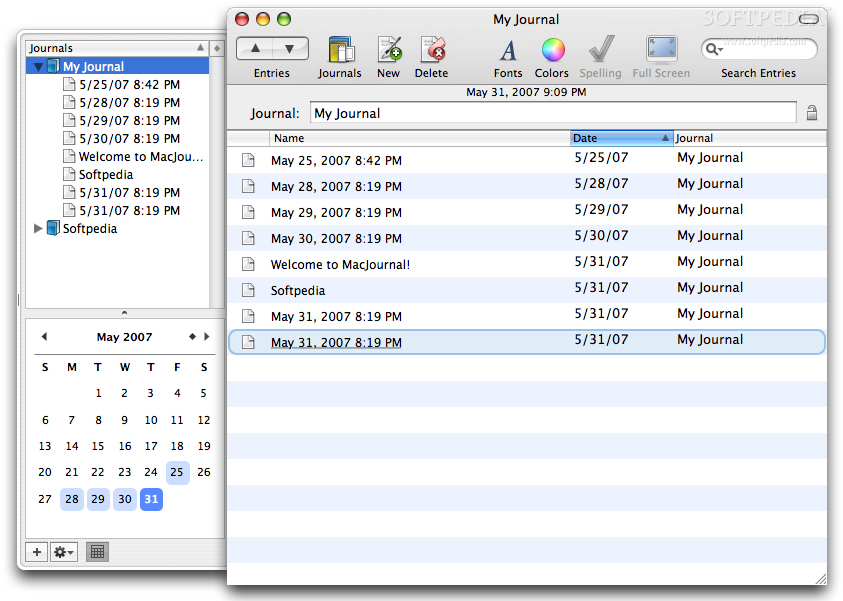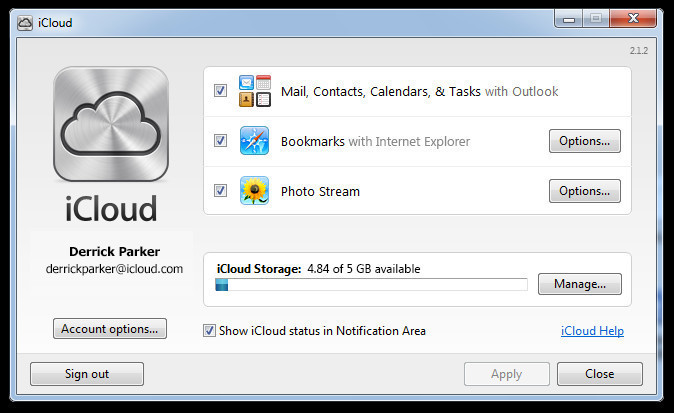

- #Macjournal sync icloud how to
- #Macjournal sync icloud password
- #Macjournal sync icloud Pc
- #Macjournal sync icloud free
- #Macjournal sync icloud mac
#Macjournal sync icloud mac

Open System Preferences (click on the Apple logo in the top left and then System Preferences).
#Macjournal sync icloud how to
We’ll start of with how to set up iCloud Drive on your Mac. Now you know what iCloud Drive can do for you you’ll be eager to get it set up on your Mac(s) and other devices.

While Apple apps such as Pages and Numbers will automatically sync data to iCloud few third-party apps that will sync the data you create in them to iCloud Drive, so make sure your filing system that includes saving to your Desktop.
#Macjournal sync icloud password
How to reset a forgotten Apple ID password – but it’s a scenario worth preparing for. Hopefully if you did forget your password you’d be able to get back into your account using these tips – Perhaps because you forgot your password or you no longer had access to the email you used to set it up. This isn’t because we think something could happen to Apple’s servers, it’s more that there is a chance that you could lose access to your Apple ID.
#Macjournal sync icloud free
#Macjournal sync icloud Pc
You can access your files (presentations, spreadsheets, PDFs, images and so on) on all your devices (any iPhone, iPad, iPod touch, Mac signed in with your Apple ID, or a PC via iCloud in a web browser) with any changes being kept in sync.Here are some of the benefits to using iCloud Drive: Similarly all the files you create in apps such as Pages and Numbers are synced automatically to iCloud Drive. If you are anything like us your filing system will involve saving everything to your desktop, so using this feature means that everything will be synced to iCloud without you even having to change the way you work. One feature that arrived with iOS 10 and macOS Sierra back in 2016 was the ability to set your Mac Desktop and Documents folders to automatically sync to iCloud. If you have other devices, such as another Mac or iOS device, then the files will be available on those devices too.īut you don’t have to knowingly place the files in a particular location. Files you place into the iCloud Drive folder are kept on your computer, but also synced to your online space. If you’re familiar with rival services, such as Dropbox and Google Drive, then you’ll have an idea of what iCloud Drive does. Your iCloud Drive can be anything from 5GB to 2TB in size (depending on which storage plan you choose). The real advantage is that you can access these files on any of your Apple devices – or even via a browser on a non-Apple device. It’s a bit like having a personal hard disk on the Internet. Wondering what the purpose of iCloud Drive is and what it can do for you? iCloud Drive is your own little corner of Apple’s cloud storage service where you can store your files.


 0 kommentar(er)
0 kommentar(er)
